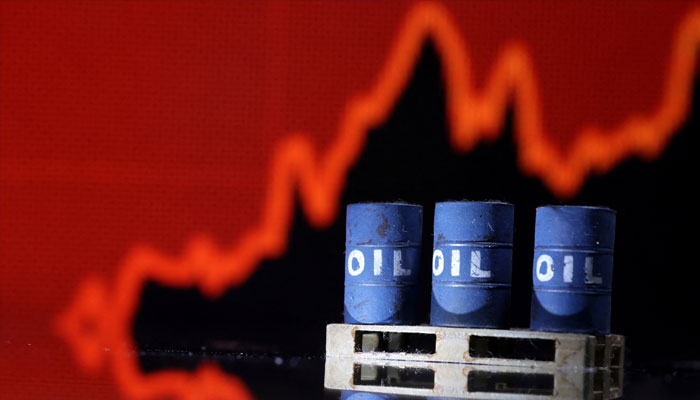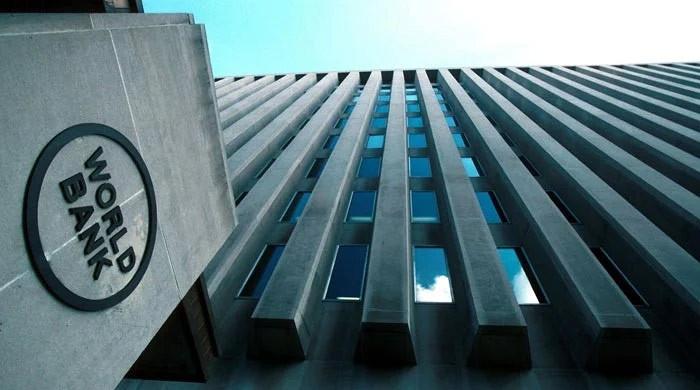Strikes on Houthis: What does 4% jump in oil mean for petrol prices amid Red Sea crisis?
US, UK airstrikes against Houthi targets in Yemen sent oil prices surging by 4%.
January 12, 2024

Global markets diverged on Friday, with oil soaring amid escalating tensions in the Red Sea but stocks generally climbing on hopes for lower interest rates.
The main concern was the escalating conflict in the Red Sea. US and UK airstrikes against Houthi targets in Yemen, in response to attacks on ships, sent oil prices surging by 4%.
Brent crude hit $80.52 a barrel, 7% higher since December, while WTI crude reached $74.99. Analysts warned of further price hikes to $10 a barrel, impacting gas prices by 25% if the crisis worsens.
Stock rally
Despite the oil turmoil, equities enjoyed a positive day. The MSCI All-World index rose 0.2%, lifted by European markets where aerospace and defence stocks soared to record highs.
This optimism stemmed from US inflation data suggesting a potential drop in interest rates. While core inflation was slightly above expectations, details indicated pressures were contained and likely short-lived.
This fueled hopes for rate cuts, with traders seeing a 73% probability of a reduction by March.
Mixed signals
US stock futures dipped slightly, and safe-haven assets like gold gained, reflecting some investor caution. Treasury yields remained steady after Thursday's rally, and eurozone bonds benefited from ECB President Lagarde's suggestion of possible rate cuts once inflation falls to target.
China data
In Asia, Japan's Nikkei extended its gains, reaching a 34-year high on strong results from clothing giant Fast Retailing. Chinese data offered mixed signals, with consumer prices slipping 0.3% year-on-year but exports and imports exceeding expectations.
The day painted a picture of contrasting sentiments. While geopolitical worries pushed oil prices higher, the prospect of easing monetary policy spurred optimism in stock markets.
Overall, economic data and central bank guidance remain key for navigating the current volatile environment.









